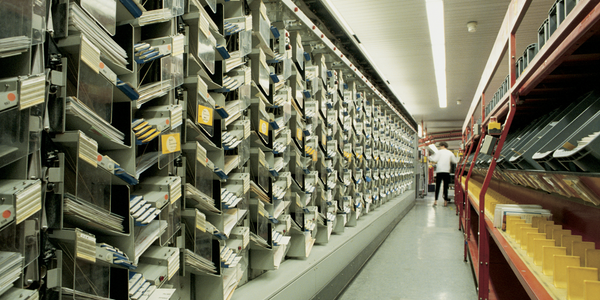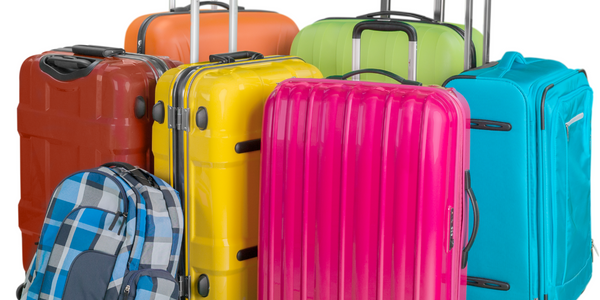Download PDF
Data Heats Business Up - Smarter analytics for sustainable growth
Technology Category
- Analytics & Modeling - Real Time Analytics
Use Cases
- Real-Time Location System (RTLS)
- Predictive Replenishment
Services
- Data Science Services
The Challenge
Quooker, the creators of a tap that produces boiling water almost instantly, has been experiencing rapid growth, with a 100 percent increase every three years. To sustain this growth and expand operations across a complex global market, the company needed more precise forecasting and analytics tools.
About The Customer
Quooker is a manufacturing company based in the Netherlands, known for its innovative product - a tap that produces boiling water almost instantly. The company has been experiencing rapid growth, doubling in size every three years. Quooker operates in a complex global market, which presents a unique set of challenges in terms of forecasting and analytics. The company's primary function is in the supply chain, where it seeks to balance risk and reward while reimagining processes for greater efficiency and effectiveness.
The Solution
Quooker implemented a solution that provided access to real-time, consolidated data from customers and vendors. This allowed the company to make smarter forecasts and create more insightful reports and visualizations. The solution also helped streamline Quooker's manufacturing process, making it more efficient and effective. The use of real-time data analytics and data visualization tools played a crucial role in this solution, enabling Quooker to gain valuable insights and make informed decisions.
Operational Impact
Related Case Studies.

Case Study
Leading Tools Manufacturer Transforms Operations with IoT
Stanley Black & Decker required transparency of real-time overall equipment effectiveness and line productivity to reduce production line change over time.The goal was to to improve production to schedule, reduce actual labor costs and understanding the effects of shift changes and resource shifts from line to line.

Case Study
Jaguar Land Rover Speeds Order-to-Cash Cycle
At Jaguar Land Rover, vehicles physically move around the facility for testing, configuration setting, rework and rectification, leading to a longer search time to get each vehicle to its next process facility. The main goal is to minimize the vehicles' dwell time between end of line and the delivery chain which was previously a manually intensive process. Jaguar Land Rover's goal was to build on the success of an earlier RFID project and improve the efficiency of delivering vehicles to meet dealer orders.

Case Study
Improve Postal Mail and Package Delivery Company Efficiency and Service
Postal mail and package delivery company wanted to replace legacy yard management system, increase inbound and outbound yard velocity, improve priority parcel delivery time and accuracy, reduce workload and overtime, reduce driver detention and measure performance and utilization of yard resources.

Case Study
Hospital Management Solution
The Oncology Diagnosis and Treatment Center of Brasov wanted to give patients as much freedom to roam as possible, while at the same time ensuring optimal patient safety and security. The centre was in need of an adequate wireless voice communication and messaging solution that would give patients the confi dence that medical staff is always on call, and reduce stress levels of nurses and doctors when called in case of urgent need.
Case Study
Worker Tracking & Safety Monitoring in Construction
One of the main challenges facing the technology was to create a network within underground tunnels and another was to provide products that can withstand harsh working environment. The team used amplifiers to enhance bandwidth and Litum produced IP67-rated hardware that is durable for harsh working conditions.

Case Study
Samsonite Track&Go
Travellers spend their lives discovering new places and meeting new people from all around the world. It can be such a wonderful experience, but sometimes it can turn into a disaster when your luggage gets lost. In 2014 alone, more than 24 million pieces of baggage were lost. Fortunately, 95% of them were found and returned to their owners. However, that leaves more than 1 million items of baggage that have never been recovered.





